English | Español
Negative DCAD Diets for Milk Fever Prevention in Dairy Cattle
Introduction
How it Works: Calculating DCAD
How it Works: Negative DCAD and the Cow’s Response
Guidance for Formulating a Negative DCAD Diet
How a Negative DCAD Diet Helps Cows Get More Calcium for Calving
Effectiveness
On-farm considerations
Summary
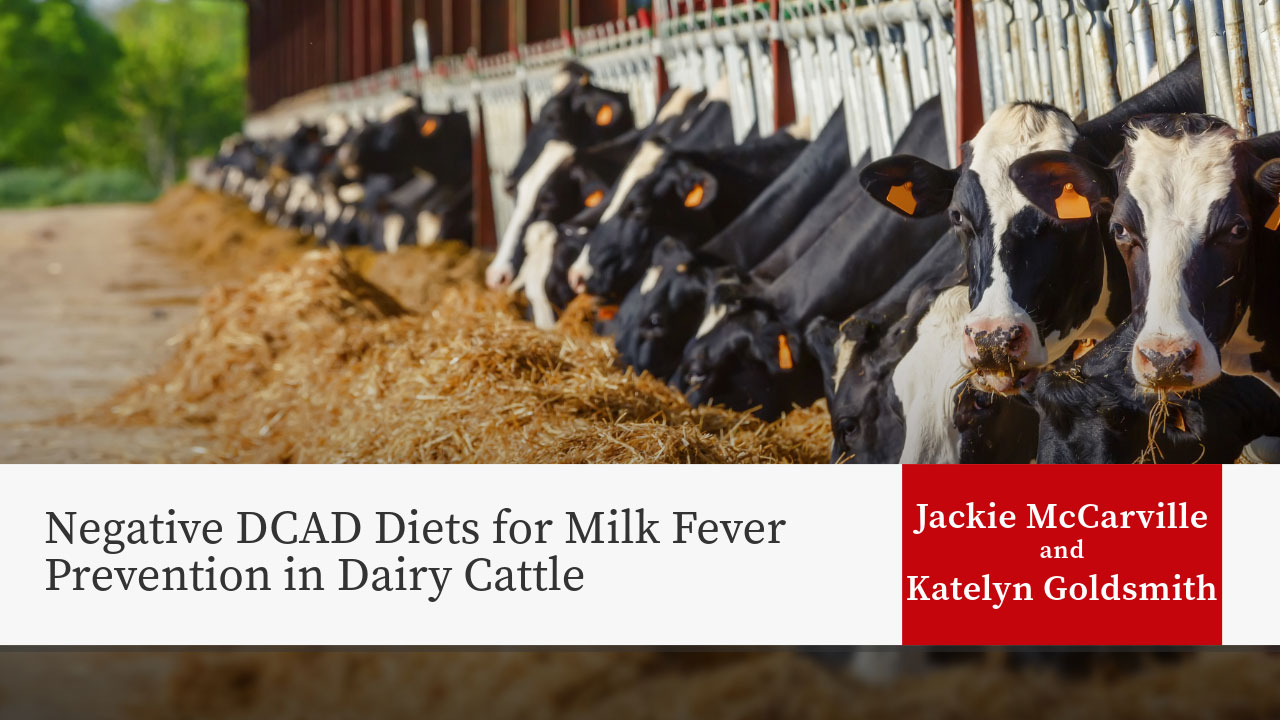
Introduction
Milk fever, both clinical and subclinical, can cost dairy producers approximately $150 per case and may lead to other metabolic issues [1]. A valuable strategy to reduce milk fever cases on farms is the use of DCAD diets. Dietary Cation Anion Difference (DCAD) refers to the balance between cations (potassium and sodium) and anions (chloride and sulfur) in a cow’s diet. By feeding prefresh (21 days from calving) animals a low DCAD diet, dairy producers can help prevent the occurrence of milk fever.
How it Works: Calculating DCAD
DCAD is a calculation used to determine the balance of positively and negatively charged ions in a diet. Anions (negatively charged ions) include chloride (Cl) and sulfur (S), while cations (positively charged ions) include sodium (Na) and potassium (K).
To calculate DCAD, we subtract the total amount of anions in the diet from the total amount of cations. If there are more anions than cations, the DCAD value is negative, indicating we have created a negative DCAD diet.
DCAD = (Na + K) – (Cl + S)
How it Works: Negative DCAD and the Cow’s Response
A negative DCAD diet helps prevent milk fever by increasing the availability of calcium that cows can access when needed at calving.
This starts with formulating a negative DCAD diet. By feeding minerals that contain chloride and/or sulfur – commonly referred to as anionic minerals – we introduce a high level of anions into the cow’s system. In response, the cow’s body enters a state of metabolic acidosis [2], triggering two key changes:
- Urine pH decreases
- Blood pH decreases
Lower blood pH makes bones and kidneys more responsive to Parathyroid Hormone (PTH). This is important because PTH interacts with the bones to increase its release of calcium from bone stores. Additionally, PTH works within the kidney to increase signals to the digestive tract to increase absorption of calcium from the diet [3].
Meanwhile as urine pH decreases, the body responds by excreting more calcium from the kidneys into the urine. This may seem like a “waste” as the calcium leaves the body in urine, but it actually triggers a helpful response. This calcium excretion sends signals to the bones to release more of its calcium stores into the bloodstream [4].
These three mechanisms – calcium excretion by the kidney, calcium release by the bones, and increased dietary calcium absorption – work together to boost the amount of calcium available to the cow [5]. With more available calcium, cows can better meet the calcium demands of the mammary system after calving.
Guidance for Formulating a Negative DCAD Diet
To properly achieve metabolic acidosis, research suggests that diets should be formulated to a negative DCAD value between -100 and -200 mEq/kg (-10 to 20 mEq/100 g) [6,7]. Aiming closer to -100 mEq/kg (-10 mEq/100g) may be preferable in many cases, as values near -200 mEq/kg (-20mEq/100g) may trigger too severe of a metabolic acidosis response. An adequately negative DCAD diet should result in an average urine pH of 5.8 to 6.8, which can be monitored on-farm to confirm whether the diet is working as intended. Keep in mind that urine pH may take up to 48 hours to drop to these levels after starting the diet.
How a Negative DCAD Diet Helps Cows Get More Calcium for Calving
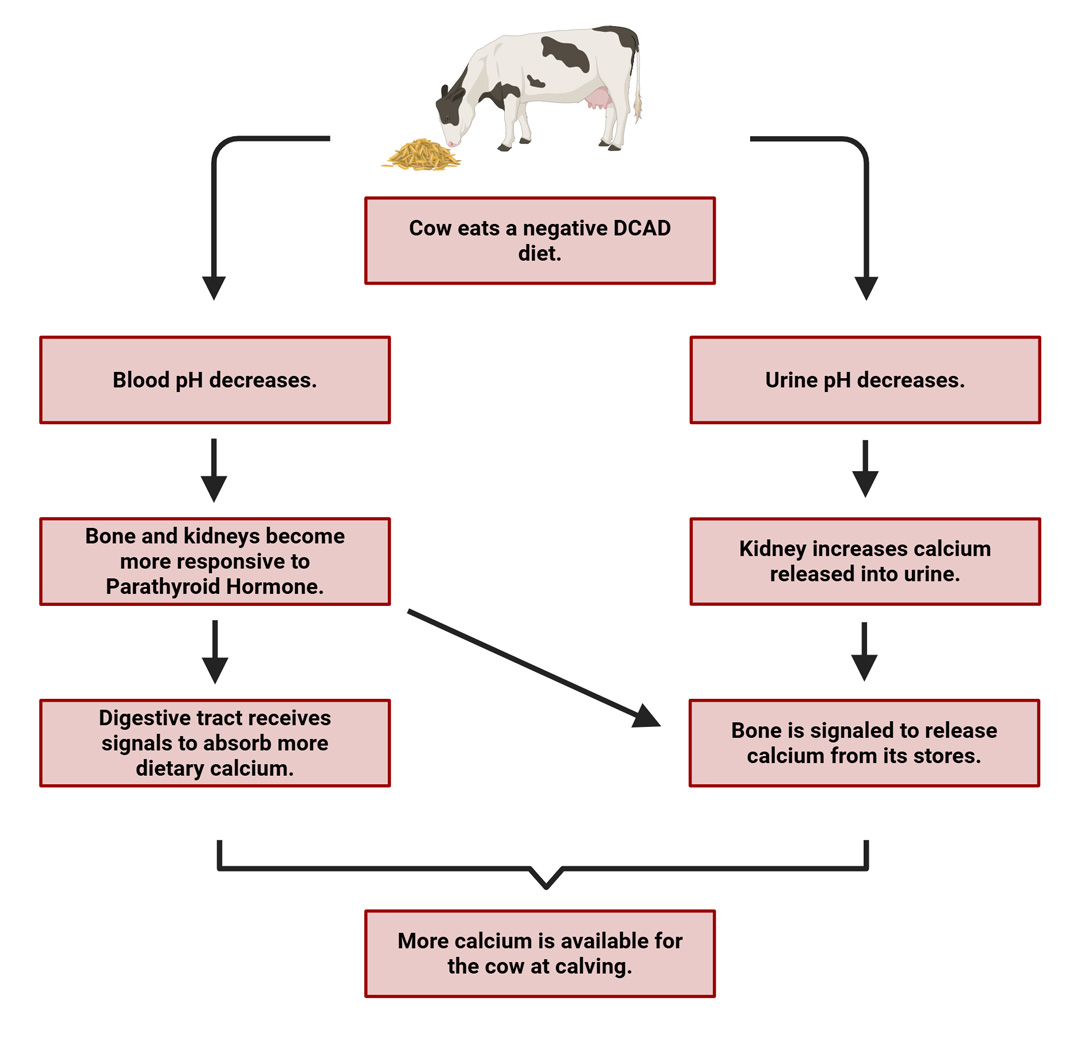
Graphic created using BioRender.com (Goldsmith, 2025).
Effectiveness
Negative DCAD diets for dairy cattle have been well researched over the past few decades. Studies have shown that feeding a negative DCAD diet to dairy cows during the pre-fresh dry period (21 days from calving) successfully increases blood calcium levels before and immediately after calving [2,8,9]. As a result, many studies have reported lower incidences of clinical and subclinical milk fever [2,8,9,10]. Additionally, cows fed negative DCAD diets have shown a reduced risk of other transition-related diseases including retained placenta and metritis [7]. Feeding negative DCAD diets have been shown to decrease dry matter intake during the dry period, but intakes returned to normal after calving [2,7,9]. Overall, milk and component yields have been reported to be similar or higher in cows fed negative DCAD diets during the pre-fresh dry period compared to cows who were not [7,9,11]. It is important to note that feeding negative DCAD diets for the entire dry period (40-60 days) instead of the pre-fresh dry period (21 days) has had neutral to negative influences on milk production [12,13].
Although feeding negative DCAD diets to heifers prior to freshening has been associated with reduced uterine disease post-calving, studies have shown their impact on productive performance have been either neutral or negative [7,11]. Heifers have a much lower risk of developing milk fever than multiparous cows, therefore, feeding them a negative DCAD diet is likely unnecessary.
On-farm considerations
To successfully feed a DCAD diet on your dairy, there are some considerations you should keep in mind.
Palatability
Choosing the right DCAD product is crucial for maintaining your cows’ health and productivity. Some DCAD products might not be very tasty, and if the cows don’t like the taste, they might eat less, leading to a drop in dry matter intake. To ensure your cows are getting the most out of their diet, it’s essential to pick a DCAD product that is palatable. Integrating DCAD products into a total mixed ration (TMR) is more effective at maintaining dry matter intake compared to those feeding ingredients individual or component feeding.
Monitor Urine pH
Regularly monitoring urine pH is key to making sure the DCAD diet is working as intended. This helps you adjust the diet as needed to keep your cows in optimal health and performance. An adequate negative DCAD diet should result in an average urine pH of 5.8 to 6.8. The incidence of milk fever is predicted to be less than 5% when urine pH is maintained below 6.5 [7]. Cows will need to be fed the diet for approximately 48 hours before urine pH will reach these levels.
Test Forage Mineral Levels
Balancing a diet for DCAD is like fine-tuning a musical instrument – precision is key! To hit the right targets, you need to know the exact mineral levels in the forages you’re feeding your animals. When you send in forage samples, make sure to request a wet chemistry analysis with a DCAD mineral package. This detailed analysis ensures you have accurate mineral levels, preventing any missteps that could throw off the DCAD diet and affect your animals’ health and performance.
Create a Low Stress Environment
Effective cow and feed management are like the backbone of a healthy herd. To ensure your cows are happily eating on the diet formulated by a nutritionist, it’s vital to avoid overcrowding in the dry cow and prefresh pens. This helps them access their food without stress or competition.
Keeping a close eye on the diet being fed and ensuring it matches the formulated plan is crucial for meeting their nutrient requirements. Stress-free cows are cows that will eat well. Limit pen moves, provide plenty of fresh and clean water, and protect them from heat and cold stress to keep them comfortable and thriving.
Summary
Negative DCAD diets have been a long-standing strategy for preventing milk fever, but it is not the only dietary approach available. Feeding zeolite A is a relatively new option for milk fever prevention that can be effective. To determine if this is a good fit for your farm, you can refer to this article 🔗.
Feeding a diet with DCAD products can be a fantastic way to save money and keep your cows in top-notch health. But remember, good management is the secret ingredient to making it all work seamlessly. Properly managing your herd and their feed ensures that the benefits of DCAD products are fully realized, keeping your cows happy, healthy, and productive.
Authors

Jackie McCarville
Regional Dairy Educator – Jackie’s primary focus is dairy operations. She has experience in the private sector in animal nutrition and on dairy farms.

Katelyn Goldsmith
Dairy Outreach Specialist– In her role as a statewide Dairy Outreach Specialist, Katelyn connects research with practical farm management practices to create educational programming addressing the needs of Wisconsin dairy producers.
References
- Bjurstrom, A., Kohlman, T., & Ulness, A. (n.d.). Fresh cows: Milk fever. University of Wisconsin-Madison Division of Extension. Accessed online at https://dairy.extension.wisc.edu/articles/fresh-cows-milk-fever/
- Charbonneau, E., Pellerin, D., Oetzel, G.R. (2006). Impact of lowering dietary cation-anion difference in nonlactating dairy cows: A meta analysis. Journal of Dairy Science, 89(2):537-548. doi: 10.3168/jds.S0022-0302(06)72116-6
- Seely, C.R., & McArt, J.A.A. (2023). Circulating parathyroid hormone and serotonin in multiparous cows with differing postparturient serum calcium concentrations. Journal of Dairy Science, 106:9587-9597. doi:10.3168/jds.2022-23175
- Block, E. (2011). Revisiting negative dietary cation-anion difference balancing for prepartum cows and its impact on hypocalcaemia and performance. Accessed online at https://animal.ifas.ufl.edu/apps/dairymedia/rns/2011/5block.pdf
- Partheeban, N. (2020). Preventing hypocalcaemia using a negative DCAD diet. Veterinary Ireland Journal, 10(3):141-144
- NASEM. 2021. Nutrient Requirements of Dairy Cattle: Eighth revised edition. The National Academies Press, Washington, DC.
- Santos, J.E.P, Lean, I.J., Golder, H., & Block, E. (2018). Meta-analysis of the effects of prepartum dietary cation-anion difference on performance and health of dairy cows. Journal of Dairy Science, 102:2134-2154. doi: 10.3168/jds.2018-14628
- Lean, I.J., DeGaris, P.J., McNeil, D.M., & Block, E. (2005). Hypocalcemia in Dairy Cows: Meta-analysis and Dietary Cation Anion Difference Theory Revisited. Journal of Dairy Science, 89:669-684. doi: 10.3168/jds.S0022-0302(06)72130-0
- Leno, B.M., Ryan, C.M., Stokol, T., Kirk, D., Zanzalari, K.P., Chapman, J.D., & Overton, T.R. (2017). Effects of prepartum dietary cation-anion difference on aspects of peripartum mineral and energy metabolism and performance of multiparous Holstein cows. Journal of Dairy Science 100:4606-4622. doi:10.3168/jds.2016-12221
- Oetzel, G. (1991). Meta-analysis of nutritional risk factors for milk fever in dairy cattle. Journal of Dairy Science 74:3900-3912. doi: 10.3168/jds.S0022-0302(91)78583-4
- Lean, I.J, DeGrais, P.J., Celi, P., McNeill, D.M., Rodney, R., & Fraser, D. (2014). Influencing the future: interactions of skeleton, energy, protein and calcium during late gestation and early lactation. Animal Production Science, 54:1177-1189. doi: 10.1071/AN14479.
- Lopera, C., Zimpel, R., Vieira-Neto, A., Lopes, F.R., Ortiz, W., Poindexter, M., Faria, B.N., Gambarini, M.L., Block, E., Nelson, C.D., & Santos, J.E.P. (2018). Effects of level of dietary cation-anion difference and duration of prepartum feeding on performance and metabolism of dairy cows. Journal of Dairy Science, 101:7907-7929. doi:10.3168/jds.2018-14580
- Weich, W., Block, E., & Litherland, N.B. (2013). Extended negative dietary cation-anion difference feeding does not negatively affect postpartum performance of multiparous dairy cows. Journal of Dairy Science, 95:5780-5792. doi: 10.3168/jds.2012-6479
- Erdman, R., & Iwaniuk, M. (2017). DCAD: It’s not just for dry cows. Accessed online at https://animal.ifas.ufl.edu/apps/dairymedia/rns/2017/Erdman.pdf
The University of Wisconsin–Madison Division of Extension provides equal opportunities in employment and programming in compliance with state and federal law.


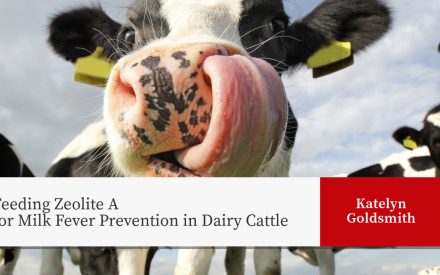 Feeding Zeolite A for Milk Fever Prevention in Dairy Cattle
Feeding Zeolite A for Milk Fever Prevention in Dairy Cattle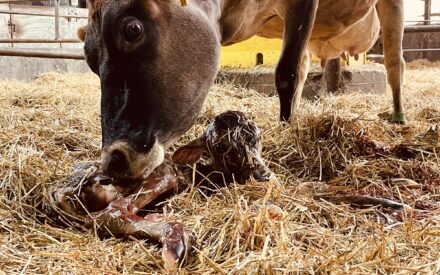 Fresh cows: Milk fever
Fresh cows: Milk fever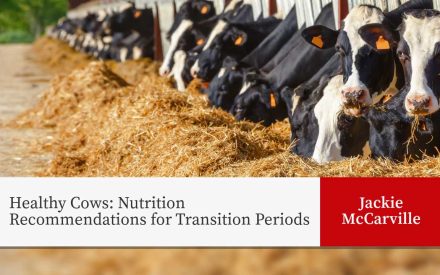 Healthy Cows: Nutrition Recommendations for Transition Periods
Healthy Cows: Nutrition Recommendations for Transition Periods Are my dairy cattle fit for transport?
Are my dairy cattle fit for transport?


